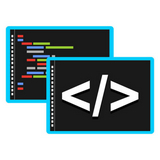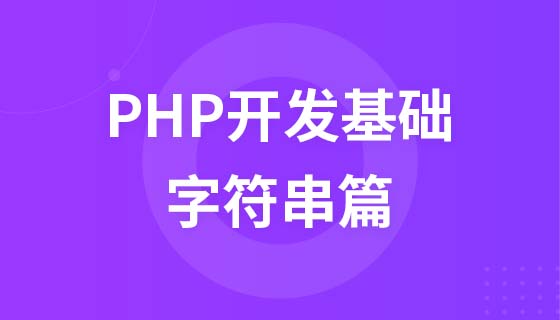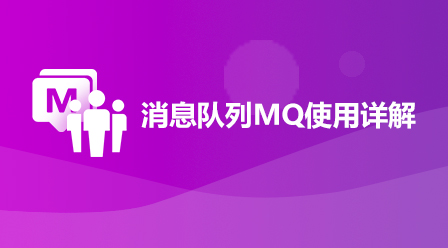CompletableFuture通过exceptionally、handle和whenComplete实现异常处理:1. exceptionally捕获异常并返回默认值,适用于可预期错误;2. handle统一处理成功与失败情况,灵活返回结果或转换异常;3. whenComplete用于日志记录或资源清理,不改变结果;4. 链式调用中异常会跳过后续步骤直至被处理,建议在链尾添加兜底逻辑。合理组合这些方法可提升异步程序的稳定性和容错能力。

在Java异步编程中,CompletableFuture 是实现非阻塞任务编排和高效并发处理的核心工具。但异步任务难免出现异常,如何结合异常处理机制保障程序的稳定性,是构建健壮系统的关键。下面介绍几种常用方式,帮助你在使用 CompletableFuture 时有效应对异常。
当某个异步任务抛出异常时,可以使用 exceptionally 方法捕获异常,并返回一个默认结果,避免整个链式调用中断。
示例:
CompletableFuture<String> future = CompletableFuture
.supplyAsync(() -> {
if (Math.random() < 0.5) throw new RuntimeException("请求失败");
return "正常结果";
})
.exceptionally(ex -> {
System.out.println("捕获异常: " + ex.getMessage());
return "备用结果";
});
System.out.println(future.join()); // 可能输出“备用结果”
handle 方法比 exceptionally 更灵活,它无论是否发生异常都会执行,接收两个参数:结果和异常。你可以根据情况决定返回值。
立即学习“Java免费学习笔记(深入)”;
示例:
CompletableFuture<String> future = CompletableFuture
.supplyAsync(() -> {
return callRemoteService(); // 可能抛出异常
})
.handle((result, ex) -> {
if (ex != null) {
System.err.println("调用失败: " + ex.getMessage());
return "服务不可用,请稍后重试";
}
return "响应: " + result;
});
whenComplete 用于执行副作用操作(如日志、资源释放),不改变返回结果,也不能阻止异常传播。
示例:
CompletableFuture<String> future = CompletableFuture
.supplyAsync(() -> fetchData())
.whenComplete((result, ex) -> {
if (ex != null) {
System.out.println("任务失败,原因: " + ex.getClass());
} else {
System.out.println("任务成功,结果长度: " + result.length());
}
});
在多个 thenCompose、thenApply 链式调用中,一旦某一步抛出异常,后续步骤将跳过,直到遇到 exceptionally 或 handle 才会被处理。
示例:组合多个服务调用并容错
CompletableFuture<String> result = serviceCall1()
.thenCompose(data -> serviceCall2(data))
.thenApply(response -> formatResponse(response))
.exceptionally(ex -> {
if (ex instanceof TimeoutException) {
return "服务超时,使用缓存";
} else if (ex instanceof IOException) {
return "网络问题,加载本地数据";
}
return "未知错误";
});
以上就是Java如何使用CompletableFuture结合异常处理_Java异步编程容错机制的详细内容,更多请关注php中文网其它相关文章!

编程怎么学习?编程怎么入门?编程在哪学?编程怎么学才快?不用担心,这里为大家提供了编程速学教程(入门课程),有需要的小伙伴保存下载就能学习啦!




Copyright 2014-2025 https://www.php.cn/ All Rights Reserved | php.cn | 湘ICP备2023035733号